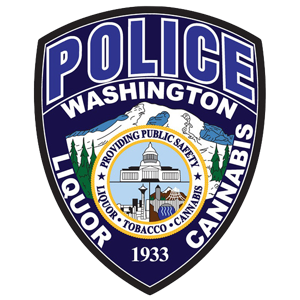Deliberative Dialogue is a method to facilitate participant engagement in policy discussion that can be adapted to a variety of issues and to both stakeholder and citizen processes. "Dialogue" is about creating meaning together, finding a shared understanding of an issue, and discovering what values are most important in resolving it. Dialogue is often open-ended, focused more on increasing understanding and developing relationships than on reaching an agreement. "Deliberation," on the other hand, emphasizes the importance of examining options and trade-offs so people can make informed public decisions.
Panelists
- David Gang, WSU Tissue Imaging and Proteomic Laboratory Director
- Jessica Tonani, Verda Bio CEO
- Nephi Stella, UW Stella Lab
- Amber Wise, Medicine Creek Analytics Science Director
- Brad Douglass, The Werc Shop Organic Chemist
